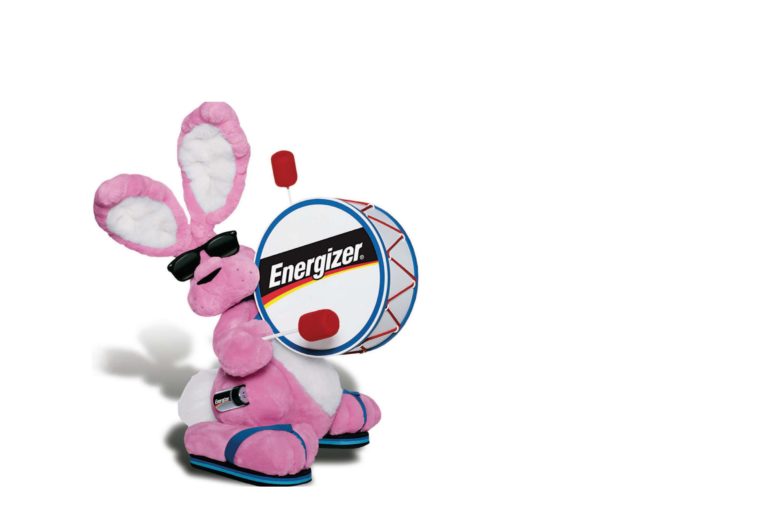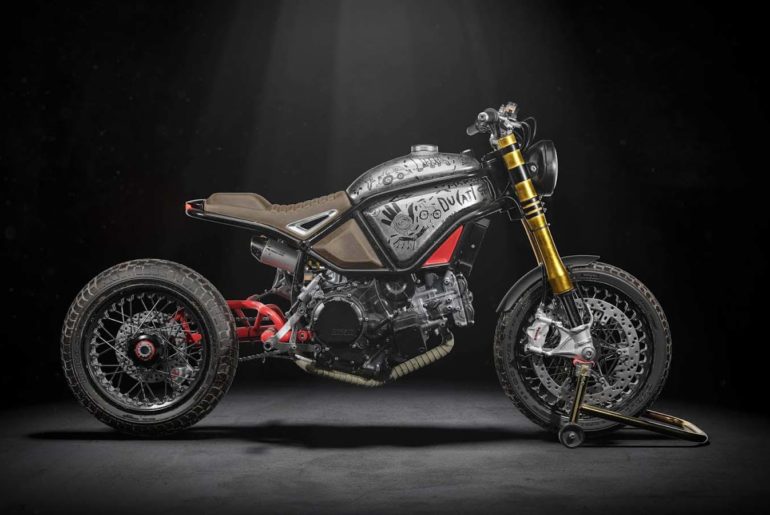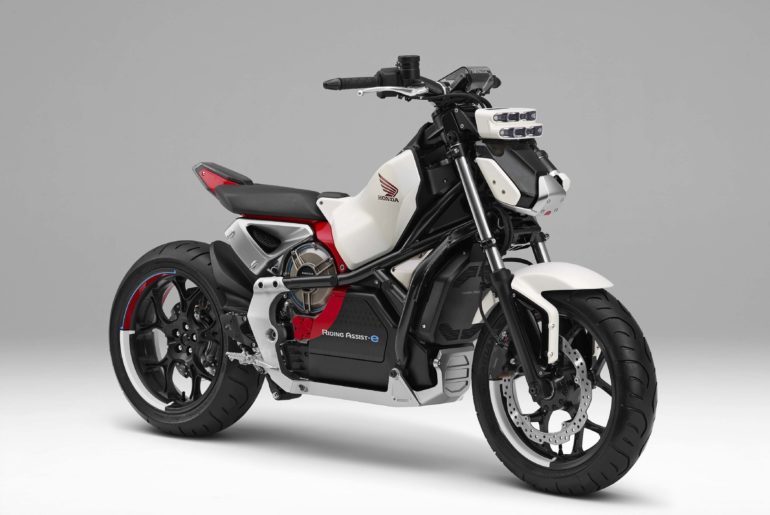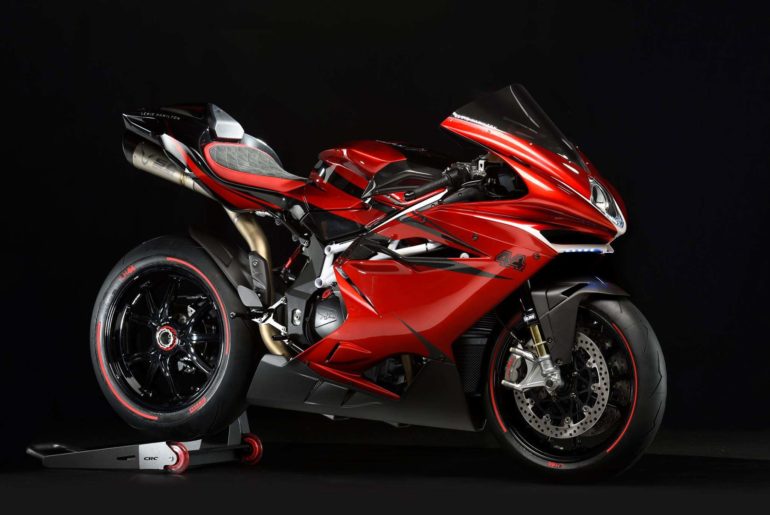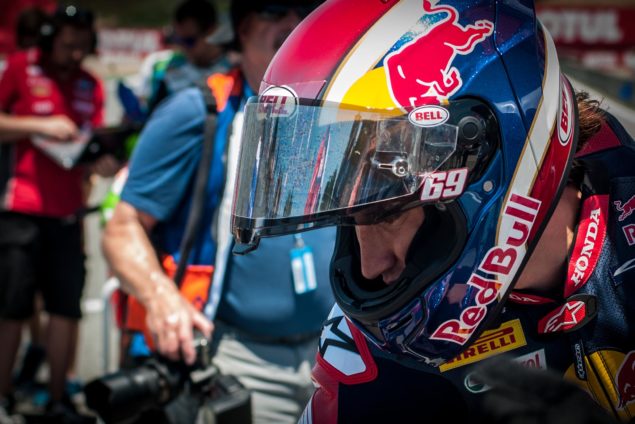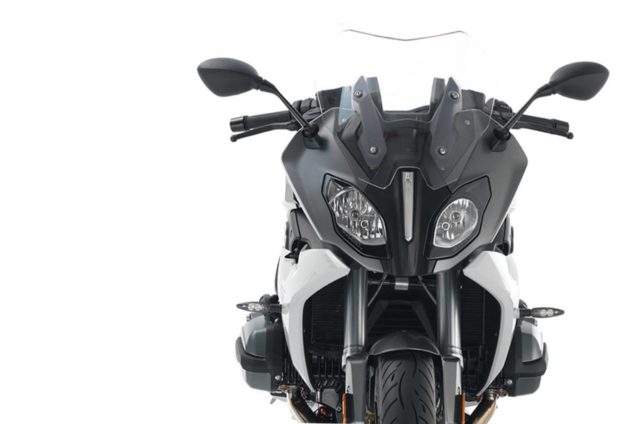This week’s big news is that California is looking at how it can join China, France, The Netherlands, and the United Kingdom in the banning of internal combustion engines in the coming decade(s), a move that will surely be a shot in the arm for electric vehicles.
While the social and political pressures are coming into alignment for electric cars, trucks, and motorcycles, the technology for these next-generation vehicles is still not fully baked, and the biggest rate-limiter for EVs are their batteries.
That is about to change, however, with solid-state batteries (a battery that has both solid electrodes and solid electrolytes) looking like the silver bullet that could make electric vehicles comparable in performance and price to their internal combustion counterparts.
This is because solid-state batteries offer higher energy density (2x-3x), faster recharge times, better heat management, more safety (wont catch on fire), and cheaper costs than today’s current crop of cutting-edge lithium-ion batteries.
In short, solid-state batteries are poised to be a game-changer for electric vehicles, and address all the major issues EV companies (especially electric motorcycle companies) are dealing with in their vehicle designs.

